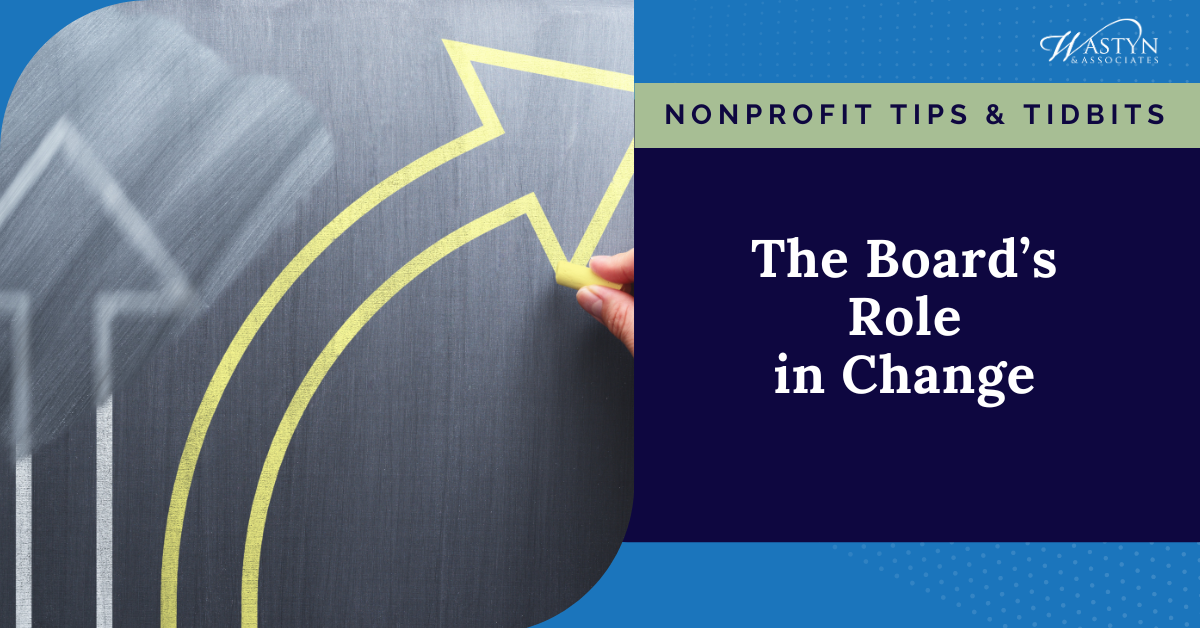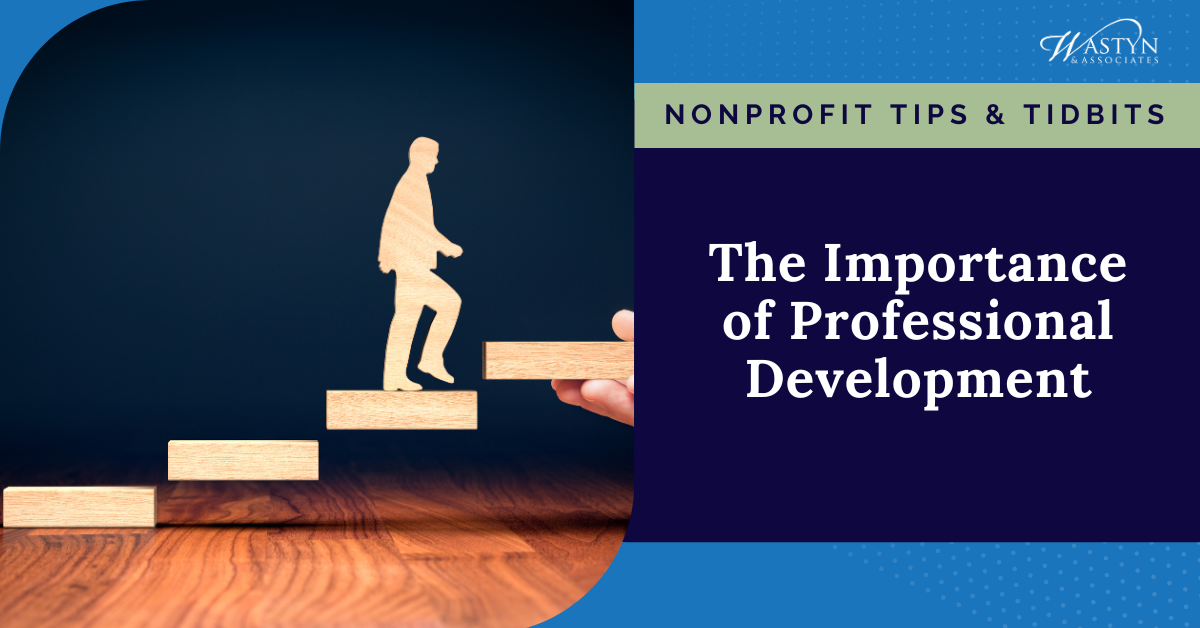Nonprofit Tips & Tidbits
Filter By: CATEGORY
Filter By: TYPE
- #FundraisingFriday 245
- Nonprofit Tips & Tidbits 218
- Donor Management 32
- Professional Development 29
- COVID-19 28
- Fundraising Asks 19
- Volunteers 18
- Major Gifts 17
- Grants 14
- Change Management 12
- leadership 11
- Events 10
- Annual Fund 9
- Self-Care 9
- Storytelling 7
- Giving Tuesday 6
- Onboarding 6
- Organizational Management 6
- Philanthropy 6
- Planning 6
- Stewardship 6
- Teambuilding 6
- iWave 5
- Crisis Management 4
- Marketing & Communications 4
- Writing 4
- Year End Giving 4
- Conflict Resolution 3
- Diversity 3
- Recruitment 3
- Sponsors/Sponsorships 3
- Training/Learning 3
- Campaign Management 2
- Endowments 2
- Governance 2
- Learning 2
- Quad Cities 2
- Data 1
- General 1
- Planned Giving 1
- team 1
Using Data in Fund Development Work
These examples demonstrate the importance of taking the time and effort to assure that you have good, up-to-date data upon which to base your fund development plan and decisions as it will save you time – and raise more money – in the long run.
Finding Major Gift Prospects
National data suggests that individuals give 80-90% of donations to all types of organizations. If you want to raise more money or diversify your funding streams, you need a strong major gift program.
Federal Grant Changes Reshape Quad Cities Nonprofits: What Comes Next?
Nonprofits across the Quad Cities face an uncertain financial future. Recent shifts in federal grant funding – freezes, reductions, and policy overhauls – have create ripple effects that threaten organizational stability and disrupt critical services for the most vulnerable residents.
A new Federal Grant Impact Report by Wastyn & Associates reveals the extent of these changes. The findings confirm what many nonprofit leaders already feel: financial uncertainty, staff stress, and competition for limited dollars.
6 Tips for Managing the Current Federal Grants Environment
The federal grants environment has been – in a word – “interesting” the last two months. But rather than sit back and let change happen to you and your organization, I recommend that you take an active role – starting immediately – to manage the change rather than let it manage you.
Expanding Your Grant Funders
By taking a strategic approach – on fundable projects, conducting deep research, and assessing both qualification and logistical fit – you ensure that you pursue the right opportunities rather than just lots of opportunities.
The Board’s Role in Navigating a Changing Environment
Here are 6 ways your board can help navigate change in your organization.
Managing Organizational Change Part 4: Working Staff Through Change
Successfully engaging staff in organizational change begins with creating an organizational culture that supports change.
Managing Organizational Change Part 3: Identifying Solutions
Now that you have identified the problem and the type of problem, we move to the next phase: generating solutions.
Managing Organizational Change Part 2: Identifying the Correct Type of Problem
Once you effectively identify the problem – the real problem, you need to categorize the type of problem you have.
Managing Organizational Change Part 1: Defining the Problem
Understanding the steps of organizational change management is fairly simple; implementing them is not.
Effectively Managing Conflict
By applying appropriate conflict management strategies, you can more effectively guide conflicts toward positive resolutions that strengthen your relationships and improve organizational dynamics.
The Importance of Term Limits for Your Board
8 reasons why it's importance to have term limits for your board.
Creating a Board Recruitment Process: 10 Questions to Ask
Ask these 10 questions to recruit the best board and board members for your organization.
The Importance of Professional Development
Read my top 4 benefits of taking time for professional development, whether in person or virtually, to recharge and grow in your profession.
6 Things I Learned the Last 13 Years
13 years ago on August 1, 2011, I embarked on an adventure when I left the comfort of my job to focus full-time on my business that allows me to do what I love: helping nonprofit organizations succeed.
Thinking and Acting Strategically to Move Your Organization Forward
Thinking and acting strategically means taking into consideration both your mission and your aspirations when making any decision.
Using Language Equity
A movement has existed for years to include more equitable language in philanthropy, especially in grant applications. This blog explains why.
Creating a Culture of Philanthropy
What does a culture of philanthropy look like and how can you create one at your organization? Here are 4 helpful steps to get there.
Retaining Development Professionals
While nothing will guarantee that your development professional will never leave your organization, these tips should help minimize the chances that they will begin looking for their next opportunity as soon as the ink dries on their contract with you.
Using AI for Development Work
Machines will never replace the relationships on which fund development work depends for success. However, they can eliminate or streamline the many administrative functions that keep the fund development professional from spending the time to develop these relationships.




















